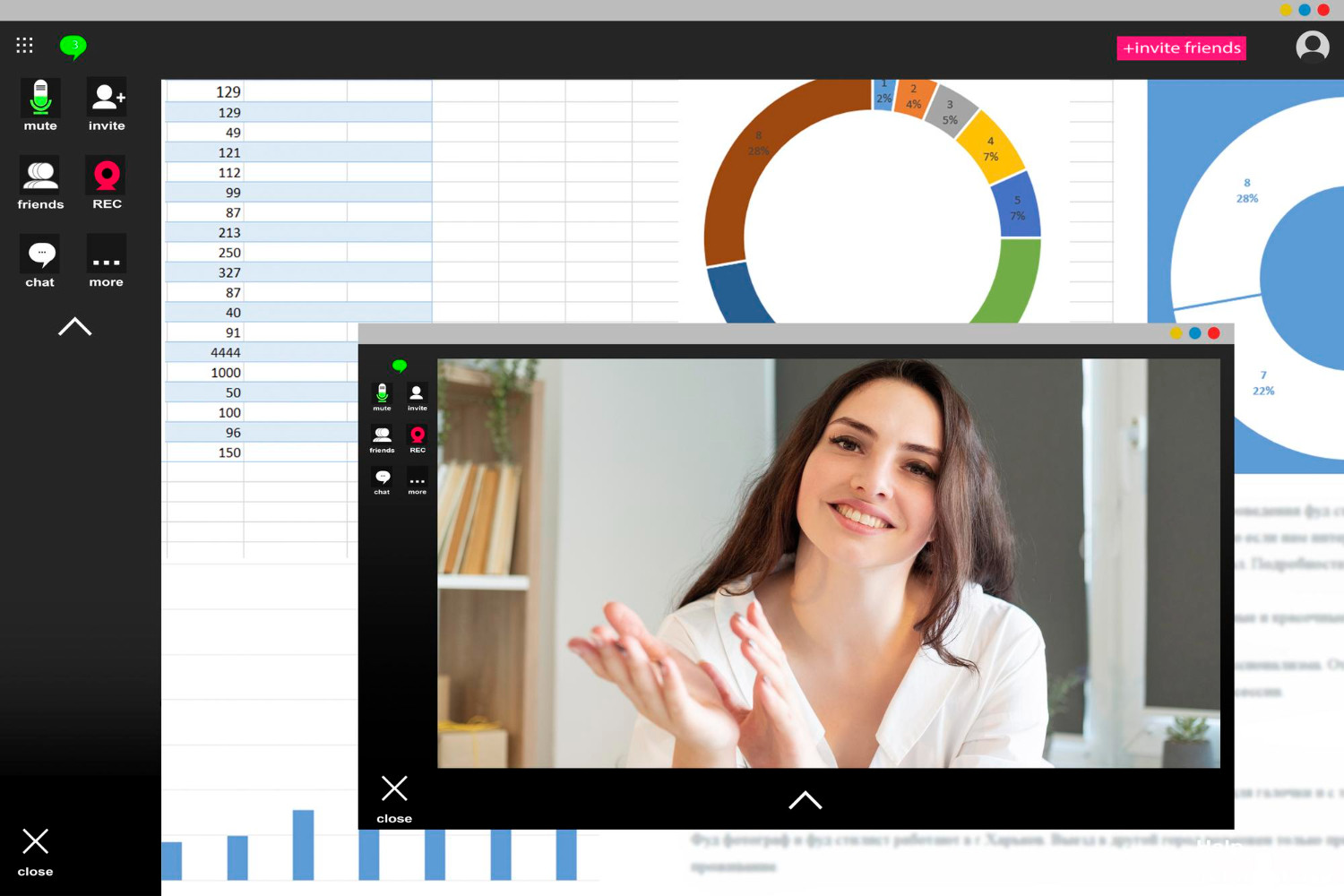
Introduction to Cumulative Layout Shift (CLS) in SEO
In the rapidly evolving world of SEO, understanding and optimizing for Core Web Vitals has become paramount. Among these vitals, Cumulative Layout Shift (CLS) stands out as a critical metric that directly influences user experience and, consequently, search engine rankings. Today, as I address fellow online marketers here in Singapore, I aim to unravel the complexities around CLS, shine light on its significance, and provide practical strategies for mastering this metric to enhance your website’s SEO performance.
What Exactly is CLS?
Cumulative Layout Shift measures the sum of all unexpected layout shifts that occur during the lifespan of a web page. Put simply, it tracks visual stability by quantifying how much page elements move around while loading or during user interaction. Layout shifts are those frustrating moments when content jumps as you try to read or click, resulting in a disruptive user experience.
CLS is part of Google's Core Web Vitals initiative and is expressed as a score where lower values represent better stability. A CLS score below 0.1 is considered good, between 0.1 and 0.25 needs improvement, and above 0.25 is poor. As Singapore’s digital market becomes increasingly competitive, maintaining an optimal CLS can be a deciding factor between retaining visitors or losing them to competitors.
The Mechanics of Layout Shifts
Layout shifts happen when a visible element changes its position or size without user interaction. Common causes include late-loading images or fonts, dynamically injected content such as ads, or web fonts that take a moment to download. For instance, consider a Singapore-based e-commerce website selling exotic teas priced in SGD. If prices or product images shift as the page loads, customers might accidentally click on the wrong item, negatively impacting conversions.
Why CLS Matters for SEO and User Engagement
User experience is a cornerstone of SEO strategy. Google rewards pages that provide smooth experiences, and CLS is a direct reflection of this smoothness. Sites with poor CLS experience higher bounce rates, reduced session durations, and ultimately lower rankings. In highly saturated markets like Singapore’s online retail space, even a minor drop in ranking can translate to steep revenue losses.
Real-Life Case Study: Improving CLS for a Singaporean E-commerce Client
Allow me to share an illustrative experience from my consultancy work with a mid-sized e-commerce client based in Singapore that faced suboptimal website performance metrics, including a CLS score averaging 0.35 — well above Google's recommended threshold.
Initial Site Audit and Identifying CLS Issues
Our first step was a comprehensive audit using tools like Google PageSpeed Insights and Lighthouse to pinpoint problematic elements. The audit revealed frequent layout shifts triggered by several factors:
- Lazy-loaded images without defined size attributes
- Third-party ad scripts injecting dynamic content post-load
- Web fonts causing Flash of Unstyled Text (FOUT)
Strategy Development to Reduce CLS
We crafted a multi-pronged strategy to combat these issues, focusing on measurable improvements.
- Explicitly defining image dimensions: By specifying width and height attributes in the HTML or CSS, we reserved space for images before they loaded.
- Optimizing third-party content: We deferred or asynchronously loaded ad scripts and embedded placeholders to prevent sudden layout shifts.
- Font Loading Optimization: We employed
font-display: swap;in CSS to control font loading behavior, mitigating FOUT.
Additionally, we integrated a Content Delivery Network (CDN) with edge caching in Singapore locations to localize content delivery, further improving load speed and visual stability.
Implementation and Testing
Implementation was carefully staged and monitored using A/B testing frameworks to compare CLS impact across different versions of the site. This methodical deployment in a Singaporean context allowed the client to observe notable improvements before full rollout.
Results and Performance Metrics
Within one month, the average CLS score plummeted from 0.35 to 0.08, a substantial reduction that placed the website firmly within Google's recommended parameters. Correspondingly, bounce rates dropped by 12%, and time-on-site increased by 15%, metrics that correlated with a 10% uplift in online sales measured in SGD. This case underscores not only the importance of CLS but also how targeted technical SEO actions translate directly to business outcomes.
Technical Deep Dive: Understanding CLS Calculation Methodology
CLS is calculated by multiplying two key factors for each layout shift:
- Impact Fraction: The visible portion of the viewport affected by the shift.
- Distance Fraction: The distance the unstable element moved, divided by the viewport’s largest dimension (width or height).
The cumulative value is the sum of these scores for all individual shifts throughout page load and interaction, making it a holistic metric rather than a snapshot.
| Layout Shift Event | Impact Fraction | Distance Fraction | Layout Shift Score |
|---|---|---|---|
| Image Loading | 0.3 | 0.2 | 0.06 |
| Dynamic Ad Injection | 0.4 | 0.4 | 0.16 |
| Font Re-render | 0.2 | 0.3 | 0.06 |
| Total CLS Score | 0.28 | ||
Practical Measures to Prevent High CLS
For Singaporean online merchants and marketers, adopting preventative best practices is essential:
- Reserve Space with CSS: Always specify width and height or aspect ratios for all media elements including images, videos, and embeds.
- Use Placeholder Boxes: For dynamic content like ads or CTAs, use reserved placeholders to avoid unexpected insertions.
- Optimize Font Loading: Employ font-display options like swap or optional to ensure text remains visible during web font load.
- Load Third-Party Scripts Asynchronously: Make sure that any external scripts do not block page rendering or cause shifts.
- Leverage Singapore-Based CDNs: Utilize local CDN servers to reduce latency and improve load timing.
The Singapore Market Perspective
Singapore is a vibrant digital economy with high internet penetration and sophisticated consumer behaviour. As a data-driven marketing consultant active in this market, I observe that even marginal improvements in CLS can significantly sway user retention and conversion rates. Given the price sensitivity and competitive nature of Singapore’s online business landscape, investing in CLS optimization is no longer optional but a strategic imperative, with budgets generally ranging from SGD 3,000 to SGD 10,000 for technical SEO overhauls targeting Core Web Vitals improvements.
Integrating CLS Awareness into Holistic SEO Strategy
SEO in 2024 moves beyond mere keywords to encompassing broader user experience signals. CLS sits alongside Largest Contentful Paint (LCP) and First Input Delay (FID) as a triad shaping a site’s Core Web Vitals score. An integrated approach might include:
- Ongoing Performance Monitoring: Employ real-user monitoring tools from Google Search Console, CrUX (Chrome User Experience Report), and synthetic tests.
- Cross-Disciplinary Collaboration: Work closely with developers, UX designers, and content creators to address CLS from all angles.
- Customer-Centric KPIs: Align technical metrics with business KPIs such as conversion rates, average order values in SGD, and customer satisfaction.
Final Thoughts on Mastering CLS in SEO
Navigating the ecosystem of Core Web Vitals might seem daunting initially but mastering CLS unlocks substantial benefits in SEO rankings and user engagement. Armed with the clear understanding of the metric’s influence, practical remediation tactics, and an appreciation for the Singapore market’s unique nuances, marketers can transform technical challenges into competitive advantages.
Keep in mind that in a hyper-connected market like Singapore, where consumers expect near-instant gratification and seamless navigation, a low CLS score is the foundation of trust and professionalism. As demonstrated through my personal consultancy experience, every incremental improvement in layout stability delivers outsized ROI when measured in actual SGD sales.
Advanced Techniques for CLS Improvement
Beyond the fundamental strategies highlighted earlier, advanced approaches often separate good from great SEO practitioners. These methods require deeper technical know-how, but their effective implementation delivers sustainable CLS optimization.
Use of Intersection Observer API
To prevent offscreen content from causing unexpected layout changes, implementing the Intersection Observer API allows developers to detect when elements enter the viewport and load them accordingly. This approach is especially beneficial for Singapore-based websites with rich content or extensive product catalogs, as it minimizes unnecessary preloading.
Critical CSS and Inline Styling
Loading critical CSS inline helps ensure the browser can render the essential parts of your page immediately, thus reducing reflows that cause layout shifts. On the other hand, deferring non-critical CSS reduces blocking of rendering processes. Optimizing CSS delivery tailored for Singapore’s local traffic patterns can enhance perceived performance and CLS.
Container Queries and Responsive Design
Modern CSS container queries enable more granular control over component size and behavior depending on their container, which aids in preventing layout shifts triggered by size recalculations during dynamic content injection. When targeting Singapore’s diverse multi-device user base—from smartphones to high-resolution desktop monitors—responsive design combined with container queries ensures visual stability across form factors.
Monitoring CLS in Practice: Tools and Metrics
Consistent monitoring is the bedrock of maintaining low CLS scores. Below is a table outlining popular tools, their capabilities, and cost considerations (prices in SGD to reflect Singapore market rates):
| Tool | Core Feature | CLS Monitoring Capability | Pricing (SGD) |
|---|---|---|---|
| Google PageSpeed Insights | Free performance auditing | Real-time CLS score with recommendations | Free |
| WebPageTest | Advanced performance testing | Detailed CLS breakdown with filmstrip view | Free & Paid plans from SGD 30/month |
| Google Search Console | Search performance & Core Web Vitals data | Field CLS data aggregated from real users | Free |
| New Relic Browser | Real User Monitoring (RUM) | CLS tracking across sessions with alerting | From SGD 200/month |
| GTmetrix | Website speed analysis | Includes layout shift score and diagnostic info | Free & paid plans from SGD 45/month |
CLS and Mobile Optimization in Singapore
The mobile-first nature of internet access in Singapore amplifies the importance of CLS on handheld devices. Mobile users experience layout shifts more significantly due to smaller screen sizes and touch interactions. Consequently, it is vital to tailor CLS optimization explicitly for mobile scenarios:
- Prioritize lazy loading and dimension specifying for mobile images and videos.
- Reduce third-party integrations on mobile pages to minimize unpredictable shifts.
- Test extensively on various network conditions common in Singapore, including high-speed fiber and slower mobile data networks.
My Singapore Campaign Example
In a recent campaign for a Singapore-based fintech firm, focusing exclusively on mobile CLS reduction led to a 20% surge in app sign-ups. We identified problematic third-party chat widgets that delayed content rendering and applied asynchronous loading with placeholders, greatly improving visual stability.
Aligning CLS with Other Core Web Vitals for Holistic SEO
While CLS addresses layout stability, it must harmonize with Largest Contentful Paint (LCP) and First Input Delay (FID) to provide an excellent user experience. A combined approach in the Singapore context involves:
- Optimizing server response times by leveraging Singaporean hosting providers or CDNs close to your target audience.
- Streamlining JavaScript execution to lower FID, often impacted by heavy frameworks or inefficient code.
- Enhancing critical rendering paths to improve LCP, including image compression and font optimization tailored for local market preferences.
The Business Impact of Mastering CLS in Singapore
The effect of CLS optimization extends beyond search rankings. A site with low CLS fosters trust, increases user confidence, and reduces frustration. For example, an online travel agency in Singapore that experienced CLS improvement saw a 17% boost in booking conversions. Price transparency, frequently displayed in SGD, remained visually stable, reassuring customers throughout the booking flow.
Practical Considerations for Budgeting CLS Projects
When planning CLS-focused SEO or web performance projects, businesses in Singapore should consider the following budgetary guidance:
- Initial audit and diagnostics: SGD 1,000 to SGD 3,000 depending on complexity.
- Front-end development fixes such as image dimensioning, font loading, script optimization: SGD 4,000 to SGD 8,000.
- Ongoing monitoring and maintenance tools subscription: SGD 200 to SGD 1,000 per month.
- Education and stakeholder training workshops to embed CLS awareness: SGD 1,500 to SGD 3,000.
Investing in these areas ensures a sustainable approach to CLS and overall Core Web Vitals management.
Integrating CLS Prioritization into Content Strategy
Marketers often overlook the content layer in CLS discussions. Yet, how content is authored and structured directly influences layout shifts. For example:
- Using modular content blocks with fixed sizes avoids unpredictable expansions.
- Implementing progressive content loading for long articles or product lists.
- Minimizing in-line dynamic content such as pop-ups and banners that trigger layout shifts.
In Singapore’s multilingual digital environment, managing multiple language versions with consistent layout stability is a worthy challenge that CLS-aware content strategists must address.
Summary of Key Takeaways for Singapore Online Marketers
- Understand CLS: Recognize the role of layout shifts in user experience and SEO.
- Measure Accurately: Use reputed tools and real-user data to monitor your CLS performance.
- Implement Best Practices: Reserve space for media, optimize font loading, defer third-party scripts.
- Test Strategically: Deploy fixes incrementally and use A/B testing to validate improvements.
- Invest Wisely: Allocate budgets toward technical fixes, monitoring, and training.
- Tailor for Mobile: Prioritize mobile CLS optimization given Singapore’s mobile usage.
Anticipating Future CLS Trends
As web technologies evolve, CLS measurement and mitigation strategies will continue to mature. Emerging standards like Layout Instability API enhancements and browser-native image format support will empower developers with tighter control. Singapore’s thriving tech ecosystem is well placed to adopt these innovations rapidly, driving superior competitive advantages in SEO.
By keeping abreast of these developments and integrating comprehensive CLS strategies, marketers and technical teams can ensure their digital presence remains robust, user-friendly, and SEO-friendly in the years ahead.
We are the best marketing agency in Singapore.
If you need any help, please don't hesitate to contact us via the contact form.






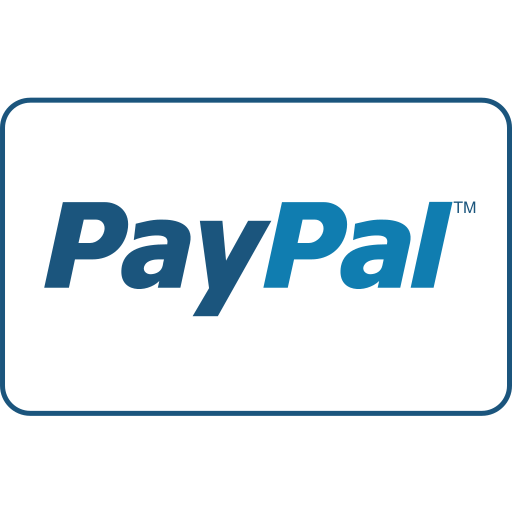
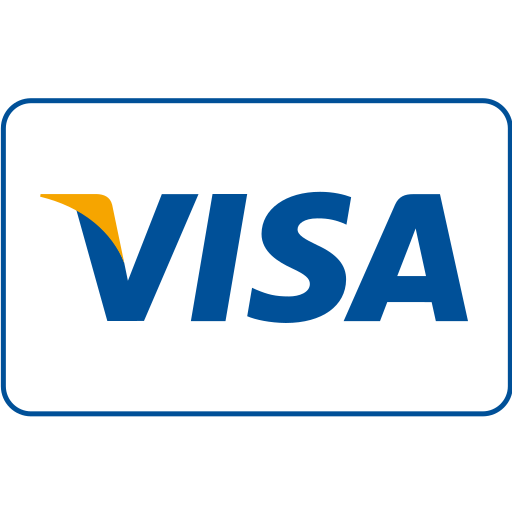
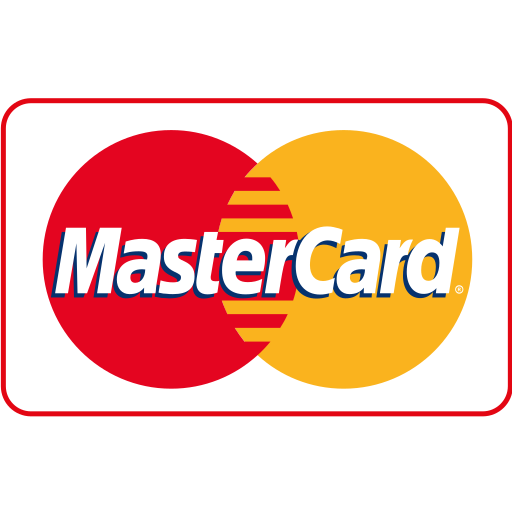
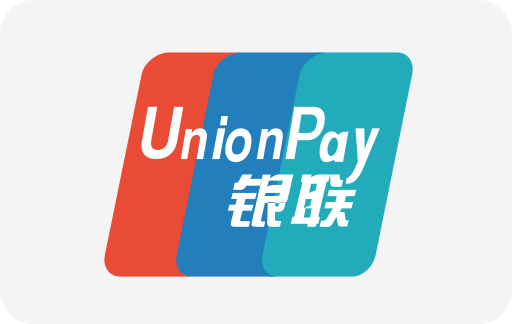
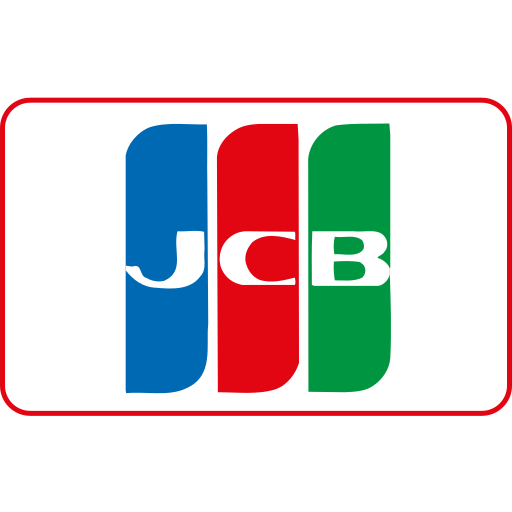



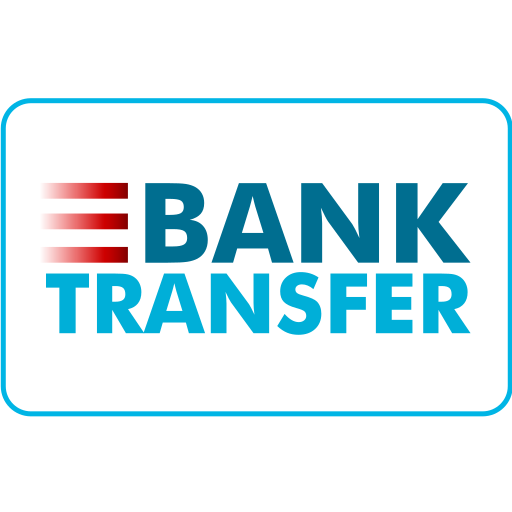
WebSeoSG offers the highest quality website traffic services in Singapore. We provide a variety of traffic services for our clients, including website traffic, desktop traffic, mobile traffic, Google traffic, search traffic, eCommerce traffic, YouTube traffic, and TikTok traffic. Our website boasts a 100% customer satisfaction rate, so you can confidently purchase large amounts of SEO traffic online. For just 40 SGD per month, you can immediately increase website traffic, improve SEO performance, and boost sales!
Having trouble choosing a traffic package? Contact us, and our staff will assist you.
Free consultation